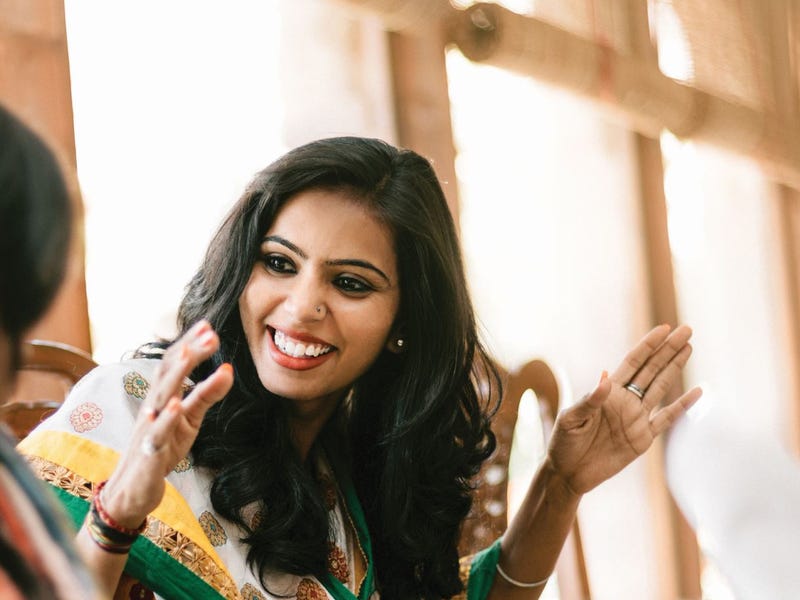.jpg?auto=webp&format=pjpg&quality=80&width=900&height=500&fit=crop)
Body language in different cultures around the world: A top guide
Author: Elinor Zucchet
In our last article, we explored if body language is really a language. And whether you just nodded in approval or raised your eyebrows, you just proved that nonverbal communication is universal.
It’s also essential to convey emotions, enhance your language and bridge linguistic and cultural gaps.
Now, the fact that nonverbal communication is used around the world does not mean it’s the same everywhere. Just like traditional languages, body language varies greatly from country to country.
From the champions of hand gestures, Italy, to the 34 bows of the Land of the Rising Sun, please give the thumbs-up to a tour of body language around the world!

What is body language?
Body language is the unspoken language we use through gestures, expressions, and movements. It adds depth to our words, showing emotions and intentions. It bridges gaps in cross-cultural communication and enhances your connection with others. Nonverbal communication includes facial expressions, gestures, posture, eye contact, and touch.
It's studied through kinesics, proxemics, haptics, chronemics, and oculesics. Body language can support or contradict words, and sometimes, our true feelings leak out unintentionally. And of course, context matters for interpreting body language.
Does culture impact body language and non verbal communication?
Some aspects of nonverbal communication are universal, like basic facial expressions. For instance, a smile can work wonders pretty much anywhere!
However, others vary culturally. Different cultures have their own set of norms, values, and social expectations, which influence how people express themselves nonverbally.
We’ll cover this in depth below.

Body language in different cultures around the world
As mentioned, culture has a significant impact on nonverbal communication. Sometimes, nonverbal is even contradictory from one country to another. Some gestures are even considered offensive and can lead to an embarrassing faux-pas.
Hence the importance of culture training if you work with people from different nationalities.
Never make a circle with your index and thumb at a French restaurant, or worse — tragic music — stick your chopsticks upright in China, South Korea or Japan!
You have no idea what I’m talking about? Check out these gestures that can get you in trouble abroad. You’ll thank us later!
Below is an overview of body language cultural differences. We won’t mention laughing, as it universally expresses joy, amusement and connection. Unless it’s a sarcastic or evil laugh, of course!
Keep in mind that these are generalizations, and individual variations exist within each country and culture — sometimes even between regions or genders. Context also matters. Finally, globalization and increased cultural interactions are leading to more cross-cultural understanding and shared interpretations of facial expressions.
Facial expressions and head movements
.jpeg?auto=webp&format=pjpg&quality=80&)
North America
- Smile: Happiness, friendliness, agreement.
- Eye contact: Sign of attentiveness, confidence, and honesty.
- Nodding: Agreement or understanding.
- Raised eyebrows: Surprise or curiosity.
- Frowning: Displeasure or sadness.
- Laughing: Joy and amusement.
Europe
- Smile: Similar to North America, although some countries might smile less than what you’re used to in America — Especially some Nordic countries and Russia, where smiling is limited with strangers.
- Eye contact: Generally interpreted as attentiveness and honesty. Uncommon in Russia.
- Nodding: Agreement or acknowledgment.
- Frowning: Displeasure or concern.
Asia
- Japan: Controlled smiling, blushing can signify embarrassment or shyness.
- China: Smiles can indicate politeness, respect, or discomfort.
- South Korea: Minimal smiling, nodding to show understanding.
- India: Nodding can mean acknowledgment more than agreement, and the famous head wobble can have many different meanings.
- Thailand: Smiles used frequently, even in awkward situations — I’d say in Indonesia too, when they don’t know something. Which can be misleading when you’re trying to get train directions and schedules, trust me!
- Middle Eastern Countries: Limited smiling with strangers, eye contact varies.
Middle East
- Smile: Reserved for close relationships, less common with strangers.
- Eye contact: Varies across cultures, can show respect or challenge.
- Nodding: Often slower and more deliberate, indicating agreement.
- Frowning: Used to display attentiveness rather than displeasure.
Latin America
- Smile: Warmth, friendliness, and hospitality.
- Eye contact: Generally comfortable and friendly.
- Nodding: Agreement or understanding.
Africa
- Smile: Warmth and hospitality.
- Eye contact: Varies across cultures, can show respect or humility.
- Nodding: Agreement or understanding.
Australia and Oceania
- Smile: Similar to North America.
- Eye contact: Generally comfortable and friendly.
- Nodding: Agreement or understanding.
Hand gestures
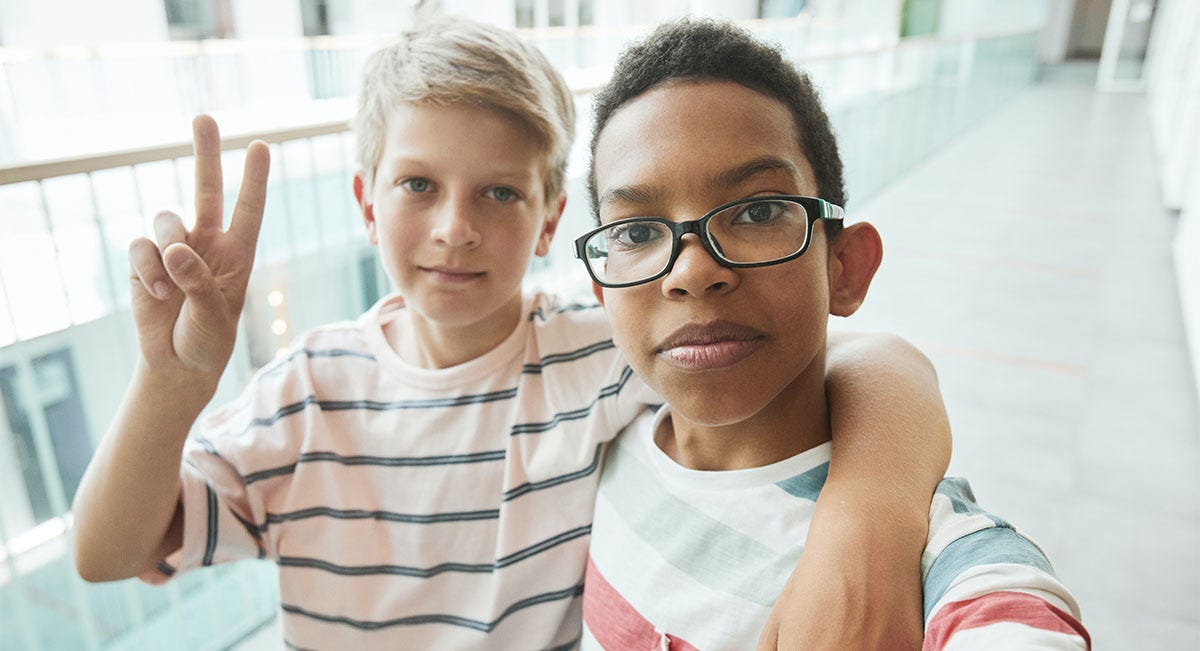
North America
- Thumbs up: Approval, agreement, or positivity.
- Peace sign (V for Victory): Generally means peace or victory.
Europe
- A-OK Sign (thumb and forefinger forming a circle): In some countries, it means "okay" or "good," but can be offensive in others. In France, as mentioned, it can mean “zero”.
- Crossed fingers: Symbolizing luck or wishing for good fortune.
Asia
- China: Beckoning gesture (palm down and to the side, fingers moving toward you): Used to call someone over.
- South Korea: The same gesture can be seen as rude.
Middle East
- Hand on heart: Used to show sincerity or emphasize a statement.
- Hand to mouth: Can indicate surprise or disbelief.
Latin America
- Horns gesture (index and pinky finger extended): In some countries, it's used to ward off the evil eye.
Africa
- Cupped hand to mouth: Used to call someone silently.
- Open hand gesture (fingers spread): A gesture of sharing or giving.
Australia and Oceania
- Thumbs up: Similar to North America.
- Waving: Common gesture for calling attention or saying hello.
Silence

North America
- Silence in conversations: May indicate discomfort, awkwardness, or a pause for reflection.
- Silence in public spaces: Generally seen as normal, with no specific cultural connotations.
Europe
- Silence in conversations: May be perceived as listening attentively or needing time to think. In Nordic countries, it’s not uncomfortable at all and there’s no need to fill it. Actually, small talk is completely overrated. My friend from Helsinki reminds me of that everytime I keep chattering!
- Silence in public spaces: Considered normal, with variations based on context. For example, in countries like Spain or Italy, it’s unlikely to find a silent public space.
Asia
- Japan: Silence is valued and often used to convey respect, seriousness, or consideration.
- China: Silence might signal agreement, disagreement, or respect for the speaker.
- India: Silence in conversations can mean agreement, thoughtfulness, or attentiveness.
Middle East
- Silence in conversations: Pauses are common, allowing speakers to gather their thoughts.
- Silence in public spaces: Considered normal, with variations based on cultural practices.
Latin America
- Silence in conversations: Pauses are common for reflection or thoughtful responses.
- Silence in public spaces: Similar to Southern Europe, pretty unlikely.
Africa
- Silence in conversations: Used to show attentiveness or respect for the speaker.
- Silence in public spaces: Generally seen as normal, but cultural norms can vary.
Australia and Oceania
- Silence in conversations: Pauses might be seen as a moment for reflection.
- Silence in public spaces: Generally similar to North America.
Greetings
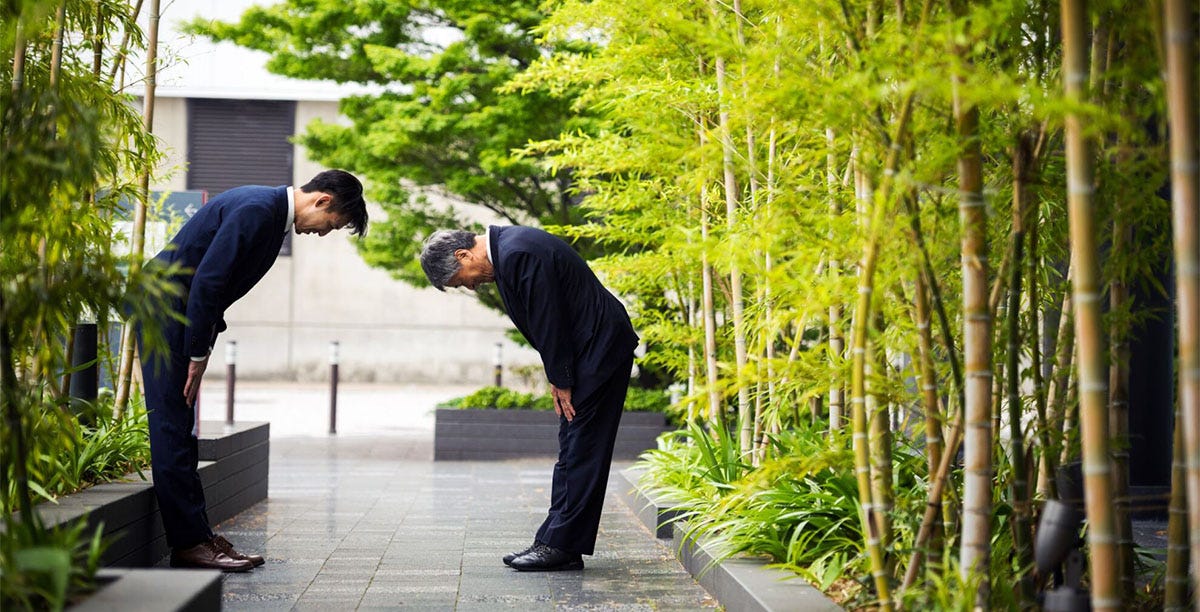
North America
- Handshake: Common greeting in professional and social settings.
- Hugs: Common among friends and family.
Europe
- Cheek kisses: Common in many European countries — as la France bien sûr — number of kisses varies.
- Handshake: Common, varying in strength.
Asia
- Japan: Bowing is common for greetings.
- India: "Namaste" (hands pressed together at chest level) is a common greeting.
Middle East
- Handshake: Common, but varies between men and women due to cultural norms.
- Cheek kisses: Common in some Middle Eastern countries, varying based on the region.
Latin America
- Cheek kisses: Common greetings, varying number of kisses.
- Handshake: Common, can be more relaxed than in some other cultures.
Africa
- Handshake: Common, often accompanied by a warm grip and shoulder pat.
- Hugs: Common among friends and family.
Australia and Oceania
- Handshake: Similar to North America and Europe, common greeting.
- Hugs: Common among friends and family.
Check out this article for verbal ways to say hello in 113 languages.
Touch
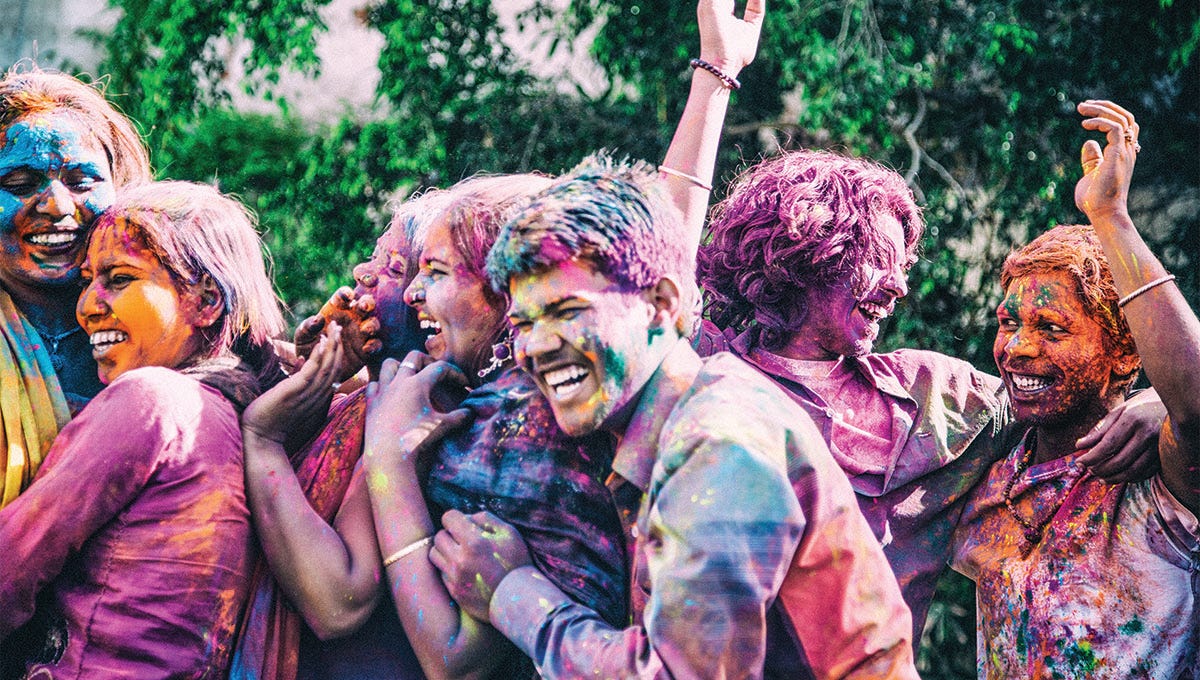
North America
- Pat on the back: Encouragement or camaraderie.
- Shoulder touch: Supportive gesture among friends.
- Arm linking: Sign of friendship or close relationship.
Europe
- Hugs: Just for close friends and family.
- Arm linking: Indicates closeness or camaraderie.
Asia
- Japan: Limited physical touch.
- China: Physical touch varies.
Middle East
- Touch between opposite genders: Often limited in public. To give you an example, when I went to the Moroccan Sahara, my guide (male) would hover his arm over my shoulders for pictures.
- Shoulder touch: Can be seen as an intimate gesture.
- Arm linking: Common among friends of the same gender.
Latin America
- Hugs: Common among friends and family.
Africa
- Hand on arm: Sign of empathy and comfort.
- Shoulder touch: Indicates familiarity and friendship.
- Hugs: Common among close friends and family.
Australia and Oceania
- Hugs: Common among friends and family.
- Shoulder touch: Indicates camaraderie or support.
Personal space
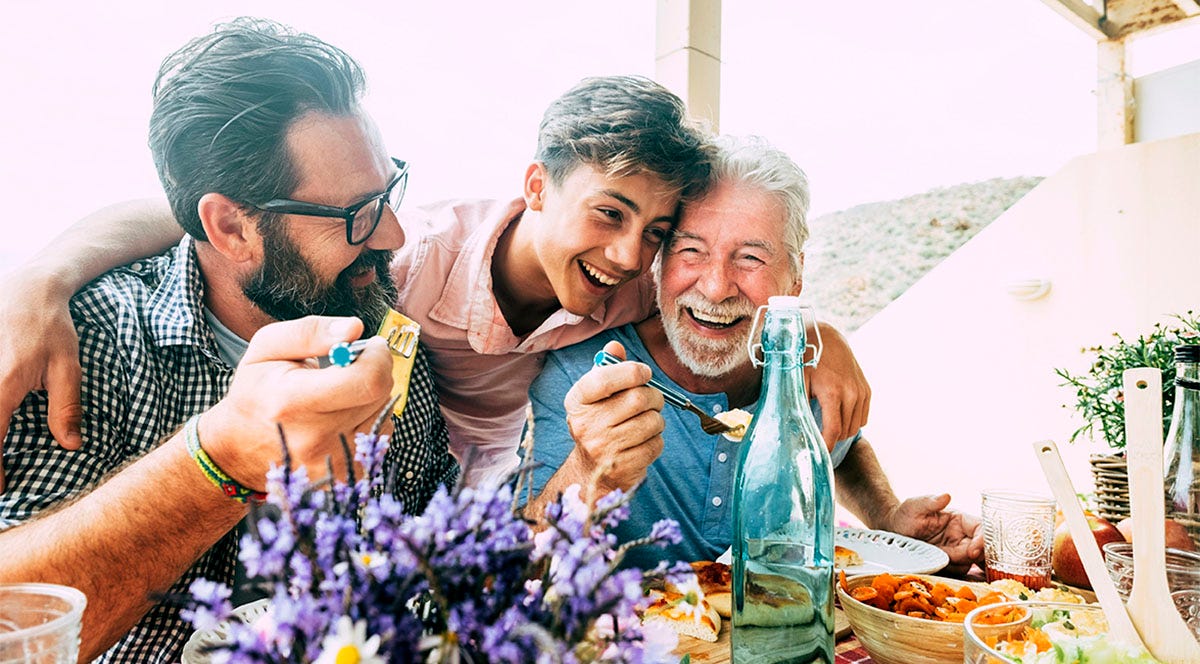
North America
- Personal space: Generally larger, especially in public settings.
- Queueing: People maintain distance while waiting in lines.
Europe
- Personal space: Varies across countries; Northern Europe tends to have larger personal space, Southern Europe generally has smaller. In the Nordic countries, social distancing was cool long before Covid!
- Public transport: Personal space may be limited due to crowded transportation.
Asia
- Personal space: Generally smaller, especially in crowded urban areas.
- Crowded environments: Limited personal space in markets, public transport, etc.
Middle East
- Personal space: Smaller, especially in social and conversational settings. Might vary across genders.
- Close conversations: Standing closer during conversations is common.
Latin America
- Personal space: Smaller, especially in social interactions.
- Close conversations: Standing closer during conversations is common.
Africa
- Personal space: Varies across regions; personal space is often smaller in social settings.
- Crowded places: Close proximity in crowded environments is normal.
Australia and Oceania
- Personal space: Larger, similar to North America and Europe.
- Respect for space: People tend to maintain distance in social interactions.
Posture
Posture is pretty universal. Generally speaking, an upright posture is considered attentive, respectful and engaged, while a relaxed posture indicates comfort and informality.
13 examples of unique body language across different cultures
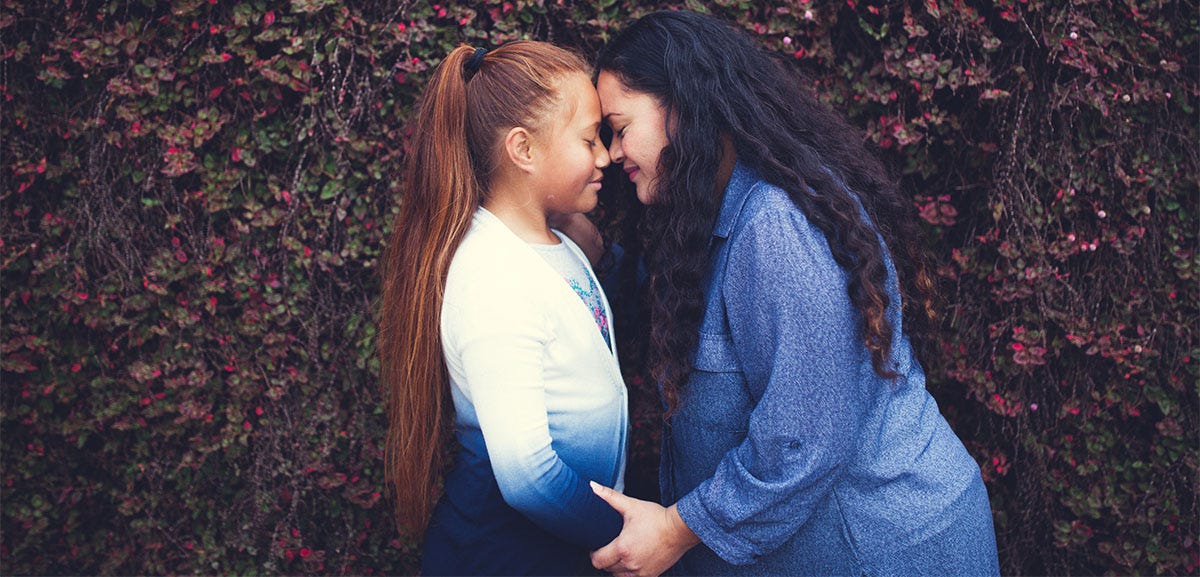
Bowing in Japan
In Japan, bowing is a traditional way of showing respect and politeness. The depth and duration of the bow can vary. Bowing is a fundamental part of Japanese culture, conveying messages and social status without the need for words.
And it’s not as easy as it might seem. Once, I tried to bow to greet my Japanese colleagues, and they burst out laughing. Not sure what I did wrong, but here is a guide for you.
Thumbs up in Iran and Greece
While the thumbs-up gesture typically means "good" or "okay" in many cultures, it's considered offensive in Iran and can be taken as a vulgar gesture in Greece.
Head wobble in India
As seen above, the head wobble, a side-to-side movement, is common in India and can mean different things depending on context. It might signal agreement, acknowledgment, or simply be a neutral response.
Finger tapping in Japan
Tapping your temple with your index finger in Japan signifies that someone is acting arrogant or thinks they're clever.
Tongue clicking in South Africa
In some South African cultures, a tongue click is used to get someone's attention or emphasize a point. If you were looking to learn an unusual nonverbal language, check that out.
Hand clapping in Spain
In Spain, rhythmic hand clapping, known as "palmas," is a form of communication and expression often used in flamenco performances.
Foot tapping in Morocco
In Moroccan culture, tapping your foot while seated can indicate impatience or frustration. Actually, I also do that to answer my rabbit Ginger when she thumps at me!
Hand on heart in the Middle East
Gently placing your hand over your heart while greeting someone in the Middle East is a sign of sincerity and warmth.
Pointing with lips in Philippines
In the Philippines, it's common to point with the lips instead of using the finger to indicate something. In other countries, it may indicate that you want a kiss. Read the room!
Forehead nod in Bulgaria
In Bulgaria, nodding is done by moving the head slightly upward instead of the usual up-and-down nod.
Hand talking in Italy
It’s not a just a cliché. Italians use their hands to express feelings and ideas. From small movements to big gestures, hand talking is a natural way for Italians to show excitement, agreement, and lots more.
Rubbing noses in New Zealand
Called "hongi," this traditional Maori greeting involves touching noses and foreheads to exchange breath, symbolizing the sharing of life force.
Crossed arms in Finland
While crossed arms might generally signal defensiveness or closed-off body language, in Finland, it can simply mean a comfortable and relaxed posture.
Check out these other cultural differences in communication.
In the world of communication, words are just the tip of the iceberg. Beneath the surface, nonverbal cues have proven to be the global emojis. After all, a simple gesture can mean the world—or trigger a conflict!
However, besides a few exceptions, body language around the world is often universally understood, especially facial expressions and emotions.
So, next time you’re in a country where you don’t understand the language, relax and remember: a smile can go a long way.

